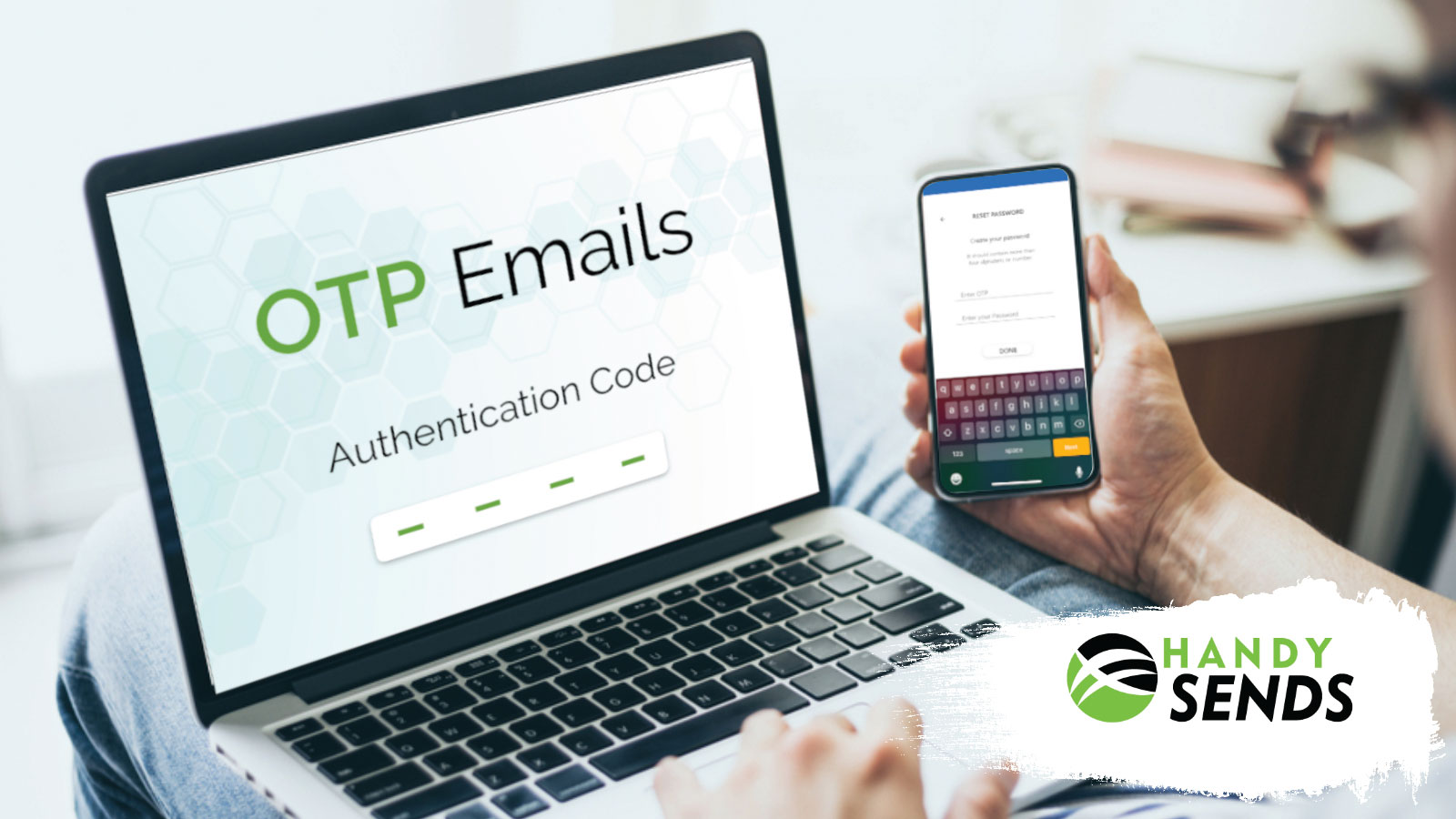In the current competitive business scenario, the primary focus for companies is to increase their clientele without compromising their security.
It is fundamental for an organization to be strong and flexible enough to address any breach of privacy issues without contrarily affecting customer experience. It is even more essential that their strategy is implemented in a manner that the concern of any security issues must never arise.
This is where OTPs come in, an authentication method, a unique series of numbers or characters, generated automatically and sent, that work only for the client to log in for a defined period. They are utilized when a password is simply not enough to keep your account secure and enhances the security of your device, as well as the sender’s medium, which is independent.
OneTime Passwords (OTP) can provide total safety of the login-time confirmation component against replay assaults making them a powerful, straightforward strategy that produces a special password for each utilization. OneTime Passwords are leading technology in today’s Two-factor Authentication Systems for more secure applications.
PROCESS OF TWO-FACTOR AUTHENTICATION VIA EMAIL
The procedure starts with a client-first signing into a framework with their username. This triggers an on-request OTP to be sent to the client’s email address.
The client recovers the OTP in their inbox and enters it to confirm the client’s identity and obtains access. On-request OTPs such as email OTPs aren’t time-sensitive. Neither are they reusable and lapse in the wake of being utilized.
This is the typical situation:
- A client gets assistance that requires a type of distinguishing proof.
- A mediator/OTP operating agency emails with an OTP code to the client.
- The client enters the received code in the operator’s application.
- They get the client’s email in the reaction from the company.
Though this strategy alone doesn’t give a significant level of security, from an applied stance there is nothing that could keep the operator from utilizing the email OTP as an independent verification technique. In any case, it is preferred and common to utilize this technique to support an existing account. Email OTP incorporated with any username/secret key login arrangement will frame a 2-factor verification strategy.

BENEFITS OF OTP AUTHENTICATION VIA EMAIL :
- A crucial security layer certifying the user is valid for the next action.
- No room for exploitation.
- There is no second-time use for OTPs, making it near to impossible to intrude reply attacks.
- Highly beneficial for critical systemic uses like online banking, where OTP validation is the final important step of the process.
- Easy to use for users and to administer for companies.
- Also, for brands to use OTPs to cater personalized offers.
Since OTPs require a high volume of message precision and deliverance accuracy, it is better for brands to use them through a trustworthy operating agency. They must be examined and checked out in advance, their previous services and clients ought to be inspected, especially banking and similar important firms. As well as the presentation (Delivery volume, timing exactness). Since the OTP is a moment conveyance medium, brands mustn’t delay or lose control of the system application that could result in client disappointment.
BEST PRACTICES TO MAKE YOUR TWO FACTOR EMAIL AUTHENTICATION WORK
- OTP in the Start of the Mail
Ensure the OTP is in the first line of your email to make it easier and quicker for the recipient to register it.
- Allow Retrying for OTPs
Some OTP services do not allow retrying, at least within a certain time period which is a complication as the user may require logging in asap, hence ensure your organization invests in a service that allows the users to retry OTP service in case of a snag.
- Ensure the Channel is Ultra-Secure
If your channel’s infrastructure isn’t secure, then the authentication process isn’t even authenticated anymore. It must be aware of the time-sensitivity of the situation of the user for the sake of security.
- What Type of Password Should it be
The length of the OTP passwords truly depends on the string of characters or letters used. It would take an impossibly long amount of time to decode by a ‘hacker’ if it contained a string of letters, characters, and numbers.
- How Long should your OTP Work
OTP passwords usually expire within 2 minutes, but if your agency plans to extend it, then the password must be longer and contain a more complex set to secure the system and account.
- Rely on a reputed OTP Service Provider
This is self-explanatory, yet it is the most essential part of engaging with your customers through OTP. Investing in a user-friendly API with a quick delivery and response period with a safe infrastructure channel is no doubt the most important practice of sending OTPs through email.
One reliable and authentic OTP service provider through mails is HandySends, a stable cloud hosting provider and data whose services extend to Transactional Emails and Email API. Partnering with HandySends accounts for saving time while ensuring scalability and delivery to your customers through email.



Thanks again for the blog post. Really Great.
Hey, thanks for the article post.Really looking forward to read more. Want more.
Very good article.Really thank you! Want more.
wow, awesome post.Really looking forward to read more.
I truly appreciate this article.Really looking forward to read more. Will read on…
Thanks-a-mundo for the blog article.Really thank you! Really Great.
I truly appreciate this blog. Fantastic.
A big thank you for your blog article.Thanks Again. Awesome.
A big thank you for your article.Much thanks again.
Thanks for sharing.
Great, thanks for sharing this article post.Really looking forward to read more. Want more.
Very informative blog. Awesome.
I am so grateful for your article.Really looking forward to read more. Want more.
Say, you got a nice blog post.Much thanks again. Cool.
Very informative article. Cool.
I really enjoy the article. Awesome.